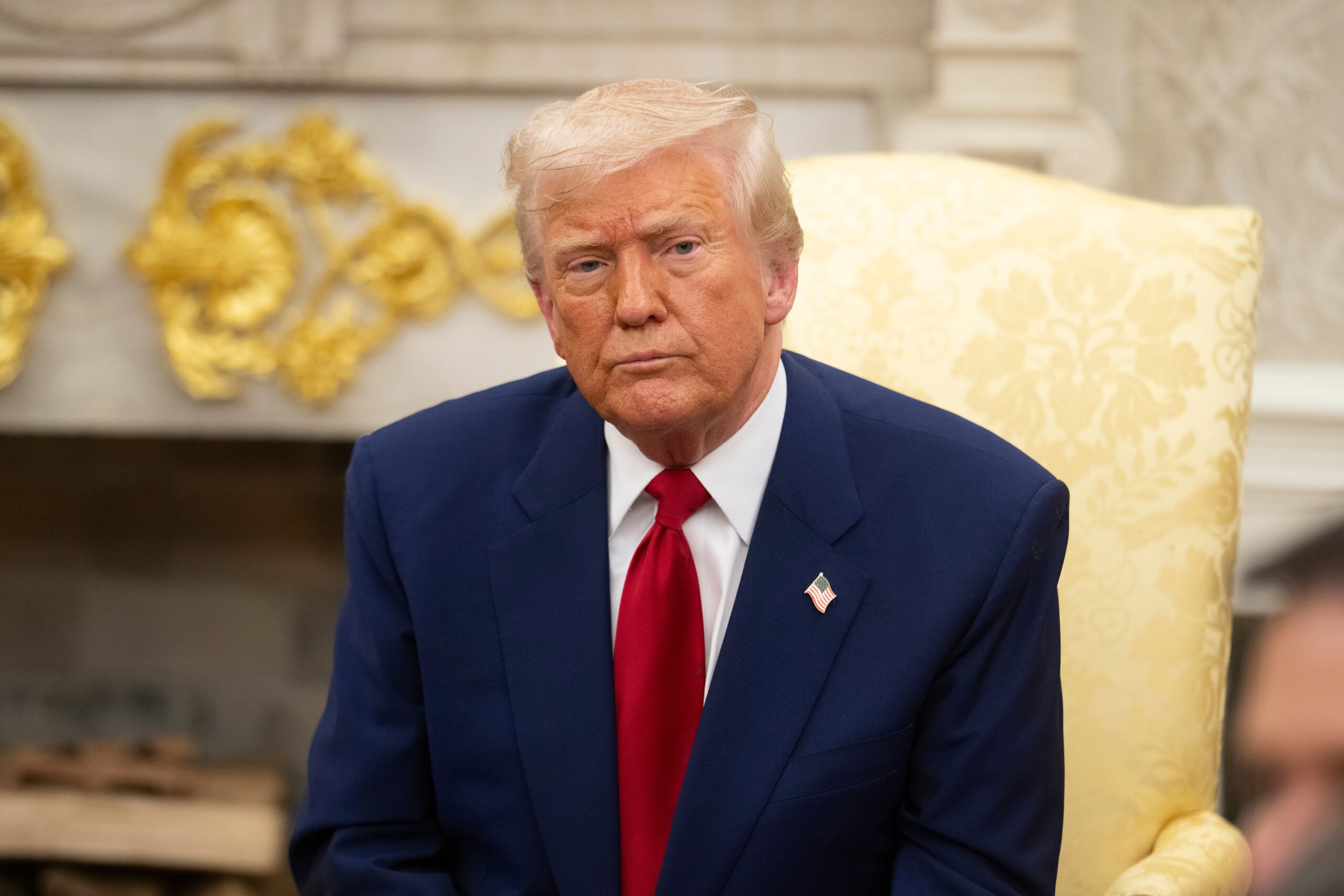Trump’s NEW Orders – SAVINGS Incoming!

President Trump takes aim at bloated federal procurement system with executive orders that could save taxpayers billions in government spending.
At a Glance
- Trump signed multiple executive orders to streamline the 2,000+ page Federal Acquisition Regulation (FAR)
- The federal government spends nearly $1 trillion annually on procurement, making it the world’s largest buyer
- New directives prioritize commercially available products over custom solutions, with a 2019 report suggesting potential savings of $345 billion over 25 years
- Orders consolidate procurement under the General Services Administration and loosen restrictions on federal office locations
- The Department of Government Efficiency (DOGE), led by Elon Musk, aims for $150 billion in savings by fiscal year 2026
Cutting Red Tape in Federal Purchasing
President Donald Trump has signed a series of executive orders aimed at reforming the federal procurement system by simplifying regulations and reducing wasteful spending. The directives target the Federal Acquisition Regulation (FAR), which Trump described as an “excessive and overcomplicated regulatory framework” spanning more than 2,000 pages. With the federal government spending nearly $1 trillion annually on goods and services, making it the world’s largest buyer, even modest efficiency improvements could yield substantial taxpayer savings.
“Its harmful effects permeate various items paid for by American taxpayers, from commercial products like laptops and office supplies to major defense weapons systems.”, said President Donald Trump.
The order directs the Office of Federal Public Procurement Policy to amend the FAR within 180 days, while requiring federal agencies with procurement authority to designate a senior acquisition or procurement official within just 15 days. The Office of Management and Budget must issue implementation guidance within 20 days, signaling the administration’s urgency in tackling procurement inefficiencies and expanding both national and defense industrial bases.
Prioritizing Commercial Solutions
A companion executive order mandates federal agencies to prioritize commercially available products and services over custom government solutions. This commercial-first approach addresses a longstanding problem of government agencies ordering custom-made products when equivalent commercial options already exist. Contracting officers now have 60 days to review pending contracts for noncommercial products and submit waivers if commercial alternatives cannot meet requirements.
The potential savings from this shift are substantial. A 2019 report suggested the federal government could have saved approximately $345 billion over 25 years by purchasing commercial IT solutions rather than developing custom systems. These directives follow Trump’s earlier decision to consolidate federal procurements under the General Services Administration, further streamlining the acquisition process across government.
Rethinking Federal Real Estate
President Trump also signed an executive order rescinding restrictions on federal office locations that had been in place since the Carter and Clinton administrations. The previous orders required prioritizing central business districts and historic properties, limiting agencies’ ability to choose cost-effective locations. With the GSA managing 363 million rentable square feet across 8,397 buildings in over 2,200 communities, the real estate implications are enormous.
The federal government currently faces deferred maintenance liabilities exceeding $17 billion, often surpassing the value of GSA-owned properties themselves. The new order empowers agencies to choose the best available properties near the people they serve, rather than being confined to specific areas regardless of cost or efficiency. This initiative works alongside another executive order requiring federal employees to return to in-person work, addressing the underutilization of office space that occurred during remote work policies.
The Department of Government Efficiency
These procurement reforms complement Trump’s broader efficiency initiatives through the Department of Government Efficiency (DOGE), led by Elon Musk. DOGE has been tasked with reviewing federal agencies for potential downsizing and cost reductions, with Musk projecting $150 billion in savings during fiscal year 2026 alone. The combined approach targets organizational restructuring, enhanced fraud prevention, and elimination of redundant government programs.
By tackling the complex regulatory framework that governs federal purchasing, promoting the use of commercial products, consolidating procurement authority, and optimizing real estate decisions, the Trump administration aims to create a more efficient and economical federal government. For American taxpayers footing the bill for nearly $1 trillion in annual federal purchases, these reforms represent a potentially significant step toward fiscal responsibility and government accountability.












